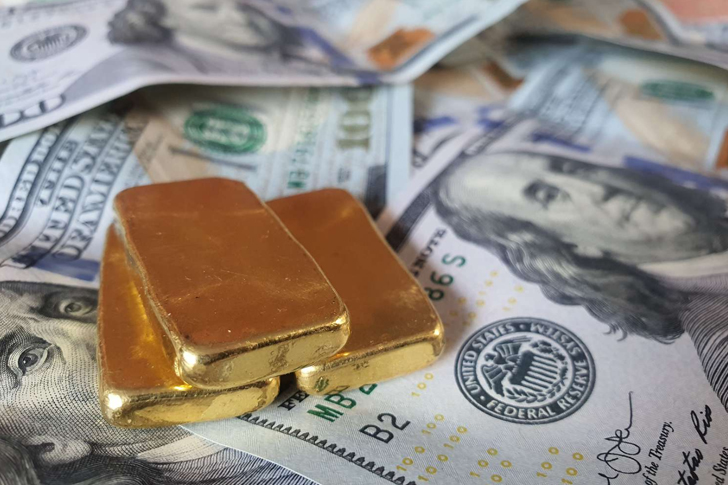the Affordability of Gold
Exploring the Affordability of Gold: A Comprehensive Analysis
Gold has long been considered a valuable resource, symbolizing wealth and prosperity through human history. Its allure comes not just from its aesthetic appeal, but also from its cultural significance and its role as a financial safe haven. However, the question of affordability remains critical for both individual investors and national economies. This article delves into the various factors that influence the affordability of gold and its practical implications for buyers.

Understanding Gold Pricing
The price of gold is predominantly influenced by supply and demand, but it is also heavily impacted by market sentiment, geopolitical stability, and economic conditions. The spot price of gold—what you would pay today as opposed to futures prices, which are agreed upon now but paid and delivered in the future—is a critical metric for buyers. According to data from the London Bullion Market Association, the average price of gold as of September 2023 hovers around $1,950 per ounce, reflecting a slight increase from previous months.
Moreover, gold prices are often inversely related to the strength of the U.S. dollar; a stronger dollar typically sees lower gold prices and vice versa. This relationship holds because the dollar is the global reserve currency, and a stronger dollar makes gold more expensive in other currencies, thus reducing demand.
Factors Affecting Gold Affordability
Several factors can influence the affordability of gold. Economic indicators such as inflation, deflation, stock market trends, and interest rates play significant roles. For example, during periods of high inflation, gold prices tend to increase as the metal is seen as a safe store of value when the purchasing power of national currencies declines.
Political instability and economic uncertainties also drive investors towards gold. For instance, during geopolitical tensions, such as wars or economic sanctions, investors often flock to gold, pushing its price higher. The COVID-19 pandemic is a pertinent example where gold prices reached a record high in August 2020, trading at over $2,000 per ounce due to the uncertainty and economic impact caused by the virus.
Gold Mining and Production Costs
The cost of mining and producing gold is another significant factor affecting gold prices. The mining industry often faces challenges such as higher energy costs, labor disputes, and stricter environmental regulations which can increase production costs. According to the World Gold Council, the average cost to mine one ounce of gold ranges from $900 to $1,000. These production costs set a base level for gold prices; if prices fall under these costs, mines may reduce production, which in turn can lead to higher gold prices due to constrained supply.
It’s also worth noting the role of major gold-producing countries like China, Australia, Russia, and the United States. Any changes in their production levels or regulations can significantly impact global gold supply and pricing.
Investment Options and Costs
For individual investors, the affordability of gold involves understanding different investment avenues. Physical gold, such as coins and bars, carries premiums over the spot price, covering minting costs and dealer markups. These premiums can range from as little as 1% to over 10% depending on the item and its collectible value.
Alternatively, gold investment can be made through gold exchange-traded funds (ETFs), which track the price of gold and are traded like stocks. These funds provide the benefit of not having to store physical gold, but they come with management fees that generally range from 0.25% to 0.50% annually. There are also digital gold platforms that allow investors to buy gold in small denominations, offering affordability and convenience but also requiring diligence regarding platform fees and security.
Economic and Personal Factors
From an economic perspective, purchasing power parity (PPP) and median income levels in different countries can affect how affordable gold is for individuals. In regions with lower incomes or higher currency volatility, gold may be less accessible. Conversely, in wealthier nations with stable currencies, gold can be a more feasible investment.
Limiting or expanding one’s exposure to gold also depends on personal financial goals and risk appetite. Financial advisers often recommend gold as a diversification strategy, typically suggesting that 5% to 10% of an investor’s portfolio be allocated in gold investments. This strategy can provide a hedge against inflation and currency fluctuations.
Conclusion
Gold continues to be a compelling asset for both protective and speculative investors. While the price of gold can fluctuate based on a myriad of factors, understanding these influences can help potential buyers make informed decisions about when and how to invest. Ultimately, the affordability of gold is a multifaceted issue, influenced by global economic conditions, personal financial circumstances, and investment strategies. As with any investment, potential gold investors should perform adequate research and consider their financial situation and investment goals before diving into the gold market.
Understanding these factors provides a window into not only when it might be best to buy gold but also how best to incorporate it into a broader financial strategy. Whether as a safeguard against economic uncertainty or as part of a diversified investment portfolio, gold remains a unique and valuable asset.







Recent Comments